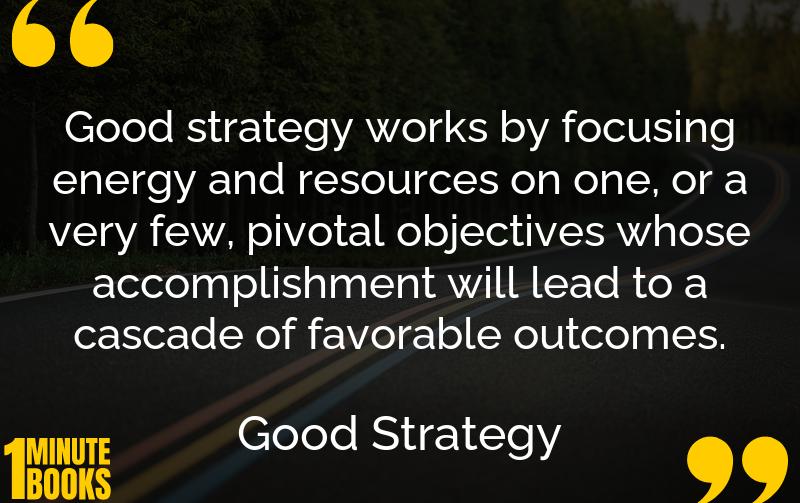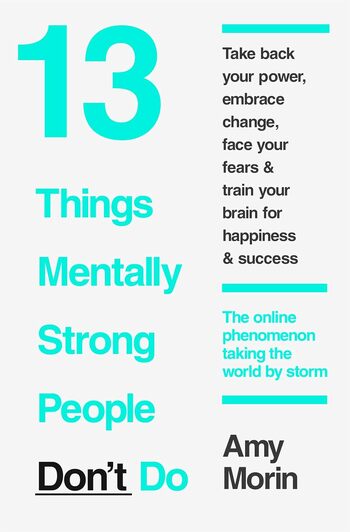
Good Strategy, Bad Strategy by Richard Rumelt explores the components of effective strategy, highlighting the importance of problem diagnosis, guiding policies, and coherent actions in contrast to widespread strategic failures.
Main Lessons
- A good strategy begins with a clear diagnosis of the problem facing the organization.
- A guiding policy is crucial to address the identified challenges effectively.
- Coherent actions are necessary to realize the guiding policy and achieve strategic objectives.
- Bad strategy often relies on fluff and fails to recognize actual challenges.
- Organizations often mistake goals for the strategy itself, leading to poor strategic objectives.
- Understanding both internal resources and external factors is crucial for effective strategy formulation.
- Strategic coherence, as illustrated by Walmart’s success, makes competitive emulation difficult.
- Leverage critical flashes, like pivotal moments, to focus resources effectively.
- Chain-link systems, like IKEA’s operations, highlight the need for integrated and coordinated strategies.
- Strategic actions should be systematically assessed and adjusted, as seen in DARPA’s process.
- Deploy the create-destroy approach to test the robustness of strategic ideas.
- Learn to discern the difference between strategic actions and mere aspirations.
- Effective strategy considers the competition even when not explicitly required.
- Poor resource allocation can create chain-link problems that weaken a strategy.
- Learning from industry leaders involves understanding their comprehensive strategic systems.








